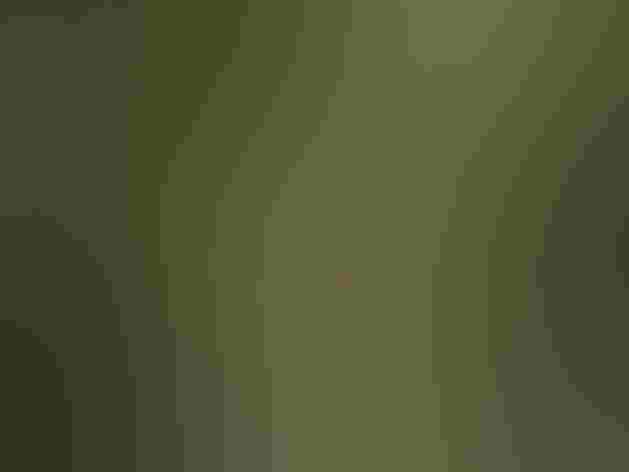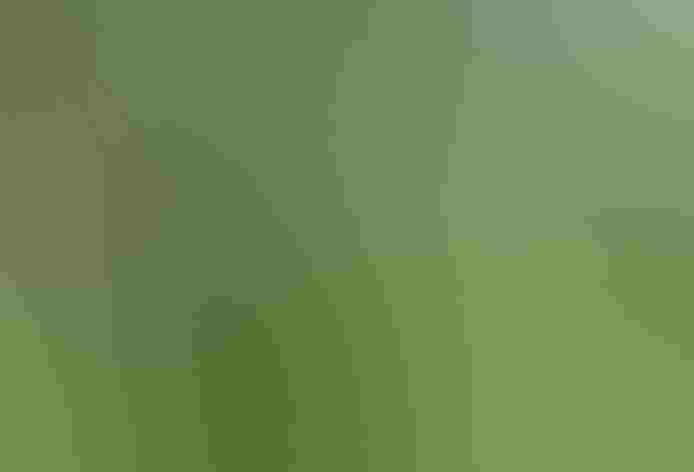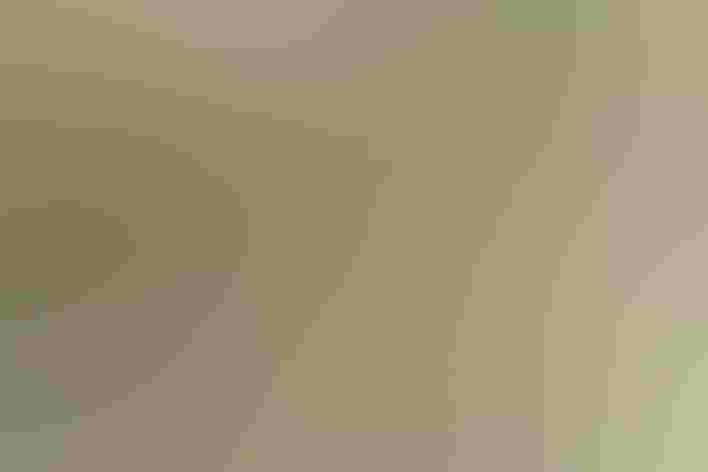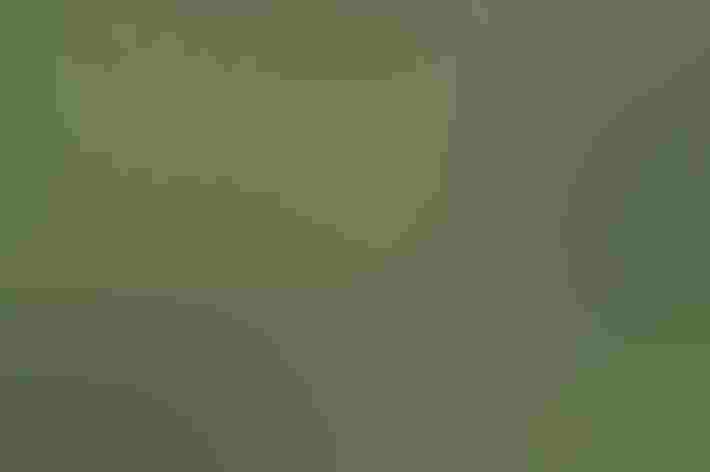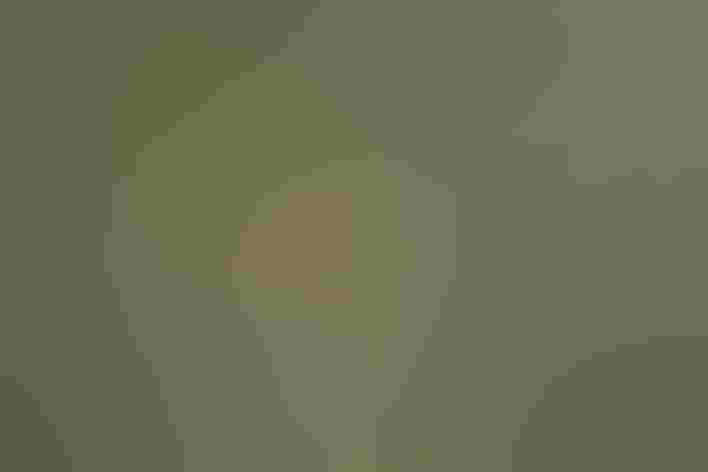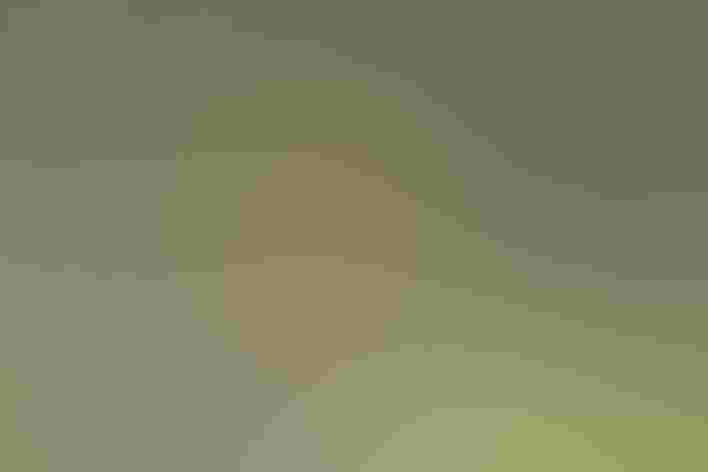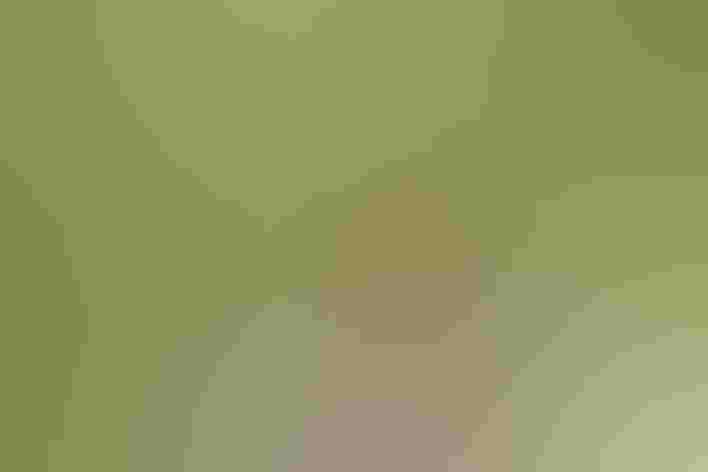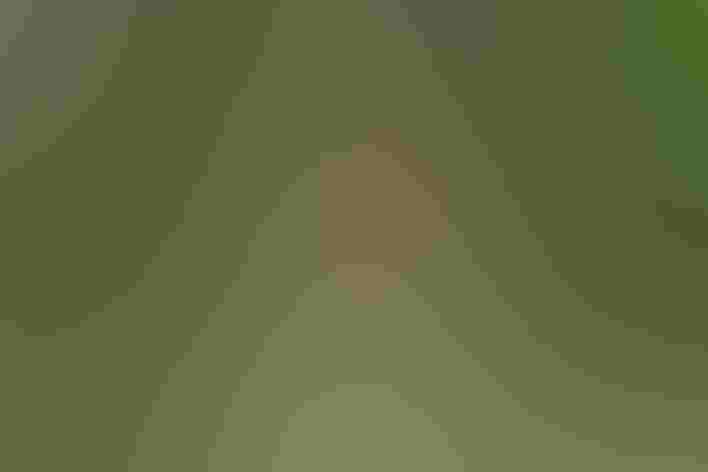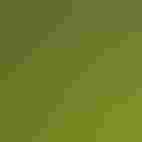Yellow-breasted Chat
At a Glance
A bizarre series of hoots, whistles, and clucks, coming from the briar tangles, announces the presence of the Yellow-breasted Chat. The bird is often hard to see, but sometimes it launches into the air to sing its odd song as it flies, with floppy wingbeats and dangling legs, above the thickets. This bird's plumage and vocalizations suggest a cross between an oversized warbler and a mockingbird, however this unique chatty species stands alone as the only member of its family.
All bird guide text and rangemaps adapted from by Kenn Kaufman© 1996, used by permission of Houghton Mifflin Harcourt Publishing Company. All rights reserved.
Category
Perching Birds
IUCN Status
Least Concern
Habitat
Arroyos and Canyons, Desert and Arid Habitats, Fields, Meadows, and Grasslands, Forests and Woodlands, Shrublands, Savannas, and Thickets
Region
California, Eastern Canada, Florida, Great Lakes, Mid Atlantic, New England, Northwest, Plains, Rocky Mountains, Southeast, Southwest, Texas, Western Canada
Behavior
Direct Flight, Flitter
Population
17.000.000
Range & Identification
Migration & Range Maps
Most leave our area in fall, to winter in the tropics. Every fall, however, many show up along the northeastern coast, and some of these stay through the winter, even as far north as New England.
Description
7" (18 cm). Thick bill, long tail, bright yellow throat and breast (may even look orange) contrasting with white belly, olive back. Sharp white "spectacles" on dark face. Common Yellowthroat much smaller, with different facial pattern.
Size
About the size of a Robin, About the size of a Sparrow
Color
Black, Brown, Gray, White, Yellow
Wing Shape
Rounded
Tail Shape
Rounded, Square-tipped
Songs and Calls
Series of widely spaced croaks, whistles, and short repeated phrases. Often sings at night. At times it performs a musical display flight, flopping awkwardly up and down with legs dangling, while singing.
Call Pattern
Flat
Call Type
Chirp/Chip, Rattle, Whistle
Habitat
Brushy tangles, briars, stream thickets. Breeds in very dense scrub (such as willow thickets) and briary tangles, often along streams and at the edges of swamps or ponds. Sometimes in dry overgrown pastures, and upland thickets along margins of woods. In winter in the tropics, found in open scrub and woodland edges in the lowlands.
Sign up for ÃÛèÖAPP's newsletter to learn more about birds like the Yellow-breasted Chat
Behavior
Eggs
3-4, up to 6. Eggs large, creamy white, with brown spots at large end. Incubation by female only, 11 days. Commonly parasitized by Brown-headed Cowbirds.
Young
Fed by both parents. Leave the nest about 8 days after hatching. Normally 2 broods per year.
Feeding Behavior
Forages by searching among foliage among dense low tangles or by perching to eat berries. Will hold its food with one foot while it feeds. Forages alone during migration and winter, rather than joining feeding flocks.
Diet
Insects and berries. Feeds on a wide variety of insects, including moths, beetles, bugs, ants, bees, wasps, mayflies, grasshoppers, katydids, caterpillars, and praying mantises; also spiders. Up to half of diet (or more in fall) may be berries and wild fruit, including blackberries, elderberries, wild grapes, and others. Wintering birds in the Northeast often come to bird-feeders, where they will take many unnatural items such as suet or peanut butter.
Nesting
During courtship, male displays to female by pointing bill up and swaying from side to side. In flight song display, male flies up singing, hovers, drops slowly with its wings flapping over its back and legs dangling loosely, then returns to perch. Occasionally nests in loose colonies. Nest: Placed 1-8' above the ground, well concealed in dense shrub or tangled vines. Large open cup nest is constructed by female. Outer base of dead leaves, straw, and weeds provides support for a tightly woven inner nest of vine bark, lined with fine weed stems and grass.
Conservation
Conservation Status
May have increased historically in the East as clearing of forest created more brushy habitat. Current population probably stable, although it has declined in parts of Southwest and elsewhere.
Climate Threats Facing the Yellow-breasted Chat
Choose a temperature scenario below to see which threats will affect this species as warming increases. The same ÃÛèÖAPP change-driven threats that put birds at risk will affect other wildlife and people, too.

